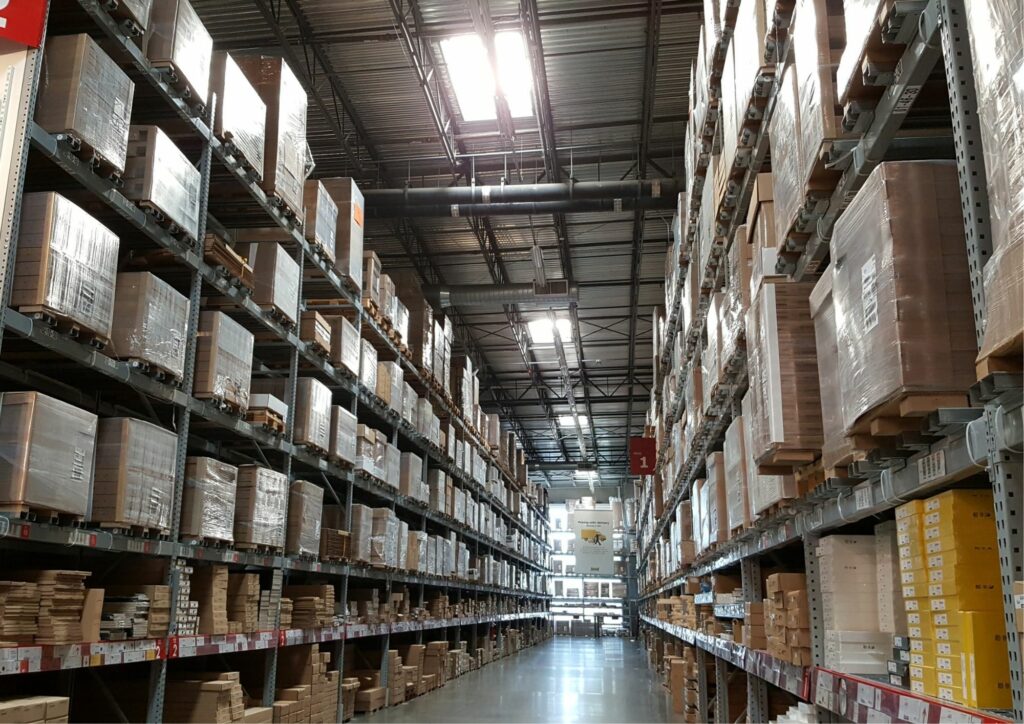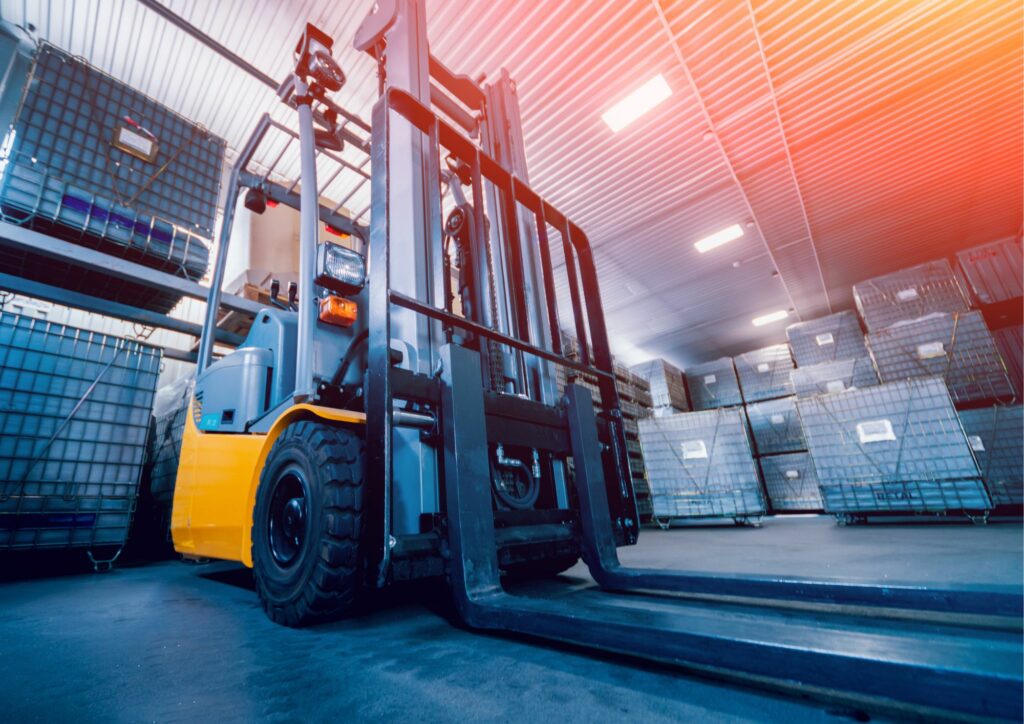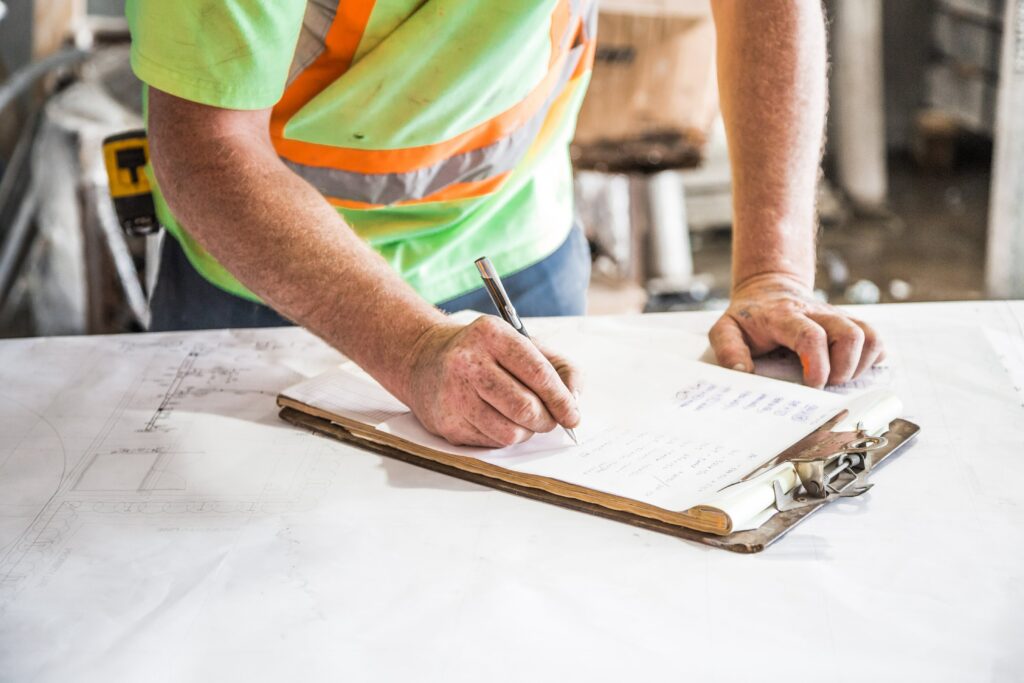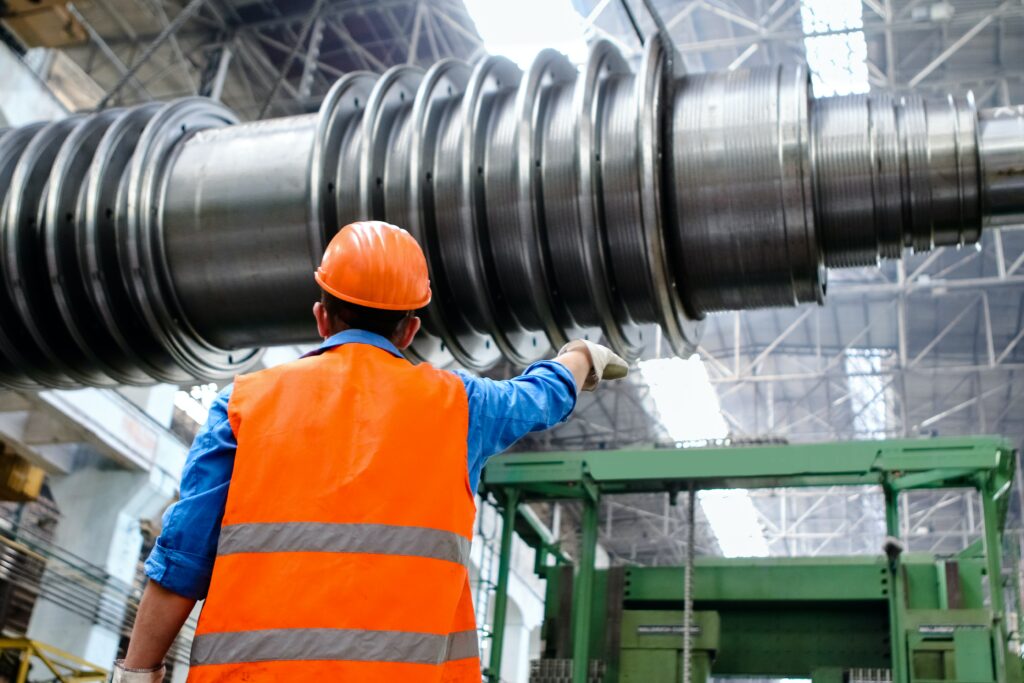Health And Safety In A Warehouse: Everything You Should Know

Health and safety in a warehouse has perhaps never been as important as it is now. According to a study by Savills, the UK warehousing industry has grown significantly in recent years and, with this growth, has come a need for bigger warehouses. As certain industries, like online retail and 3PL (third party logistics), become dominant, pressure on warehouses will increase. Managing health and safety in a warehouse to avoid any warehouse accidents is therefore something all warehouse managers and operatives should be aware of.
Industries That Rely On Warehouses

A huge number of industries use warehouses for many different purposes. The size of the warehouse may vary, as will the products stored in there. This means the types of warehouse hazards will differ, and they will require specific items to be included in a warehouse risk assessment. Some of biggest sectors using warehouses include:
3PL
Third party logistics is a rapidly growing industry. As more of us shop online, fulfilment warehouses are managing stock for online retailers and distributing goods across the country. 3PL warehouses are likely to hold many different types of products, including food items and household goods, and will need a thorough warehouse risk assessment to cover any situation.
Manufacturing
There are over 100,000 manufacturing businesses in the UK, from cars to clothes, and ranging from small scale manufacturers to international manufacturers like Apple. Storing fabrics in a textile warehouse may well come with less risk than storing car parts at a plant but warehouse accidents can still happen.
FMCG
Virtually everybody uses fast moving consumer goods in one way or another. The rotation of stock on goods like toilet roll, paracetamol and food items means that life in a FMCG warehouse is incredibly fast paced. This brings with it its own set of warehouse hazards which will need to be carefully considered.
Healthcare
Perhaps an overlooked sector that uses warehousing extensively, healthcare, and especially hospitals, relies on warehouses to store huge amounts of medical supplies. Everything from drugs, PPE and surgical tools can be kept in a warehouse and will have stringent regulations around how they are handled and stored. Health and safety in a warehouse storing healthcare provisions should therefore be very thorough and regularly updated.
These are just a few of the industries that rely on safe and secure warehousing. High street retailers, wholesalers and the food and beverage sectors also need warehousing solutions. With a vast amount of industries requiring such varied warehouse facilities, it’s no wonder that HSE set out multiple regulations to ensure rigorous measures are in place to maintain health and safety in a warehouse.
Warehouse Hazards

Warehouse hazards can cause anything from a small slip to serious accidents. As part of a warehouse risk assessment, you will need to identify any potential warehouse hazards and detail how any risks can be reduced. Implementing safe systems of working helps to mitigate potential hazards that may include:
Vehicles And Heavy Machinery
Nearly all warehouses will use vehicles, like forklift trucks, and some industries like manufacturing will operate heavy machinery. These types of warehouse hazards can lead to significant injury if not operated safely. Being hit by a moving vehicle or having a pallet jack land on your feet can cause serious injury that can be avoided when the right procedures are put in place.
Slips, Trips And Falls
Anyone can slip or fall in any workplace but there are some warehouse hazards that make it more likely to happen. Boxes left in walkways, wet floors, and people moving around quickly can all contribute to the risk of slips happening.
Fire
Every business should have a robust fire safety procedure in place but warehouses can be particularly at risk of a fire starting. This is because warehouses often have flammable materials like chemicals, paper and cardboard. These types of warehouse hazards should be stored securely and safely to reduce the risk.
Heavy Objects
Working in a warehouse can mean a lot of heavy lifting. Warehouse accidents can happen when heavy, bulky items are not lifted properly. Warehouse operatives should have proper training on how to lift goods safely and this should be covered in the warehouse risk assessment.
Electronics
Warehouses, and especially those used for manufacturing, have many electrical items for staff to use, including machinery like conveyor belts or reach trucks. Even complex lighting systems are a warehouse hazard if they are not maintained properly.
Chemicals
Chemicals used or stored in a warehouse can be corrosive and/or flammable. Anyone handling these chemicals will be trained to do so. However despite this, any exposure to chemicals still poses a significant risk to workers, who could be burnt or scarred if they come into contact with chemicals that have not been stored correctly.
The risks associated with warehouse hazards can be minimised when there is an exhaustive warehouse health and safety risk assessment in place.
Warehouse Accidents
Government statistics show that over 1 million people are injured or fall ill due to incidents that happen at work. As well as the cost to the economy there is a significant personal cost for those involved in warehouse accidents. Falling objects, collisions with machinery or other people, and burns, scolds or electrocutions can all happen easily in a warehouse environment.
Reducing the risk of warehouse accidents is why a warehouse risk assessment should be a top priority. Accidents will, unfortunately still happen, even with a detailed risk assessment in place. When they do, it’s equally important to make sure they are reported correctly under Riddor legislation.
Warehouse Risk Assessment

Risk assessments are a legal requirement for every workplace. As we’ve established, there are many warehouse hazards to consider that can lead to warehouse accidents, and that a thorough warehouse health and safety risk assessment is essential. To complete a warehouse risk assessment you’ll need to:
1. Identify warehouse hazards by walking through the warehouse and logging details of things like unsecured items, blocked exits, or broken machinery.
2. Determine how high the risk is for each hazard and how likely it is that an accident will occur.
3. Evaluate the consequences, considering what could potentially happen and who will be affected, including any potential damage to the warehouse itself, such as fire damage.
4. Assess any current procedures by looking at what processes are in place should any of these hazards lead to warehouse accidents.
5. Establish new processes to either reinforce current procedures or replace any that need updating. Be thorough to ensure any and all risks are minimised.
6. Record the information, usually in a warehouse health and safety document or folder. Include detailed information about the warehouse hazards and the steps taken to mitigate them.
7. Regularly review your documents, procedures and your warehouse risk assessment as a whole. You can do this as often as you like and doing it regularly will improve its efficacy.
Improving Warehouse Health And Safety

Once you have completed a warehouse risk assessment, you can look at ways to improve warehouse health and safety. Steps to take include:
- Training – training all operatives on best practices for things like heavy lifting, safe use of equipment, and how to handle hazardous materials means everyone can work towards a safe warehouse environment.
- PPE– giving all staff the right personal protective equipment, like hard hats and hi-vis jackets, can help avoid warehouse accidents or minimise their impact.
- Fire Safety – Appointing a fire marshal, regularly checking fire escapes, and maintaining fire safety equipment are crucial to health and safety in a warehouse.
- Maintenance – make sure the warehouse space itself is free of clutter and obstructions and assign staff members to maintain the warehouse space to eliminate warehouse hazards.
- Emergencies – have a clear set of instructions for emergencies, taking into account the different types of emergencies and warehouse accidents that might happen, such as fire, serious injury or chemical burns.
Each industry will have its own specific things to consider when improving health and safety in a warehouse but these areas should act as a good starting point.
Warehouse Health And Safety From Rhino Safety
Having excellent health and safety procedures in place is of paramount importance in a warehouse. There can be a huge number of things to think about and areas that might not be obvious. Rhino Safety provides health and safety solutions to every industry and understands the rigours of working life in a warehouse.
We can complete a full health and safety audit of your warehouse to identify areas of concern and help implement a better warehouse risk assessment which you can then create. Additionally, we can carry out a comprehensive warehouse risk assessment that makes sure every single warehouse hazard or potential warehouse accident is accounted for and the risks minimised.
For ongoing health and safety in a warehouse we provide training for business owners, managers and staff so that you can take charge of your own health and safety measures and regularly update your warehouse risk assessment.
Speak to us to find out how we can improve warehouse health and safety for your business and workers.
